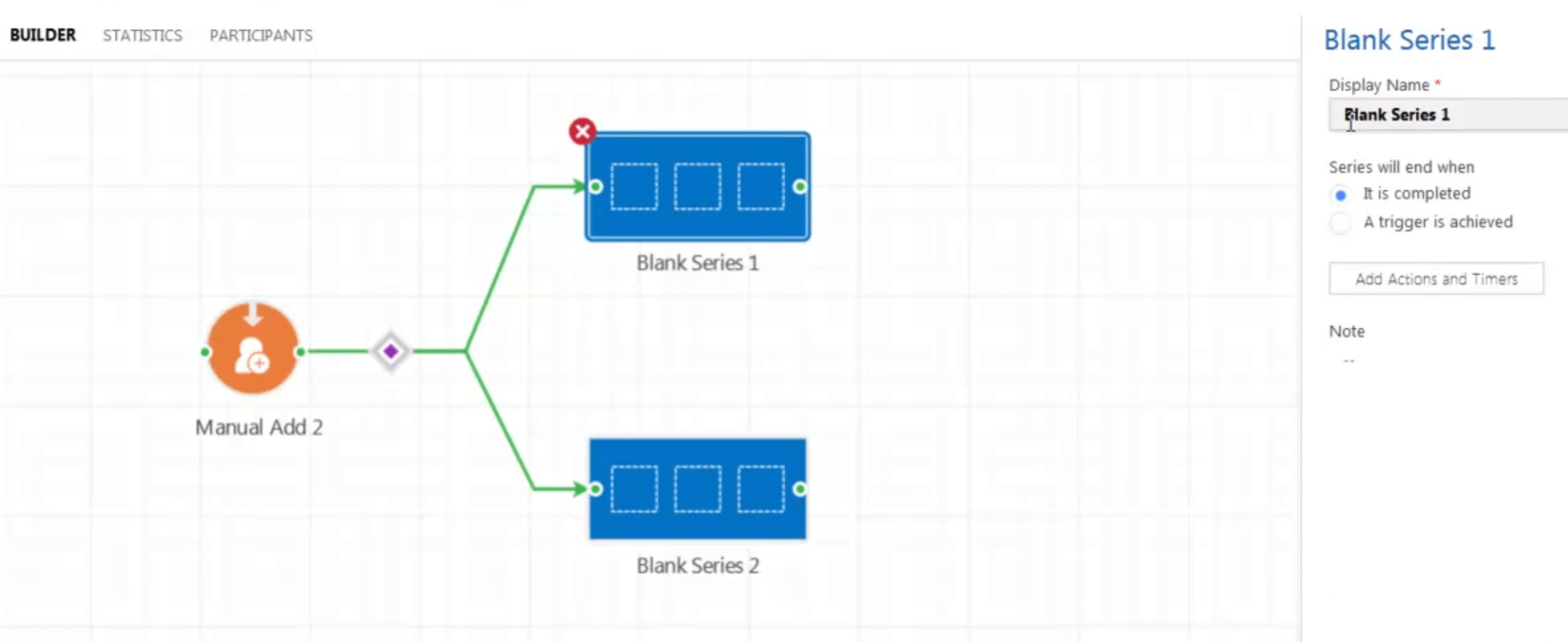Marketing automation is a simple tool that significantly improves the way brands (charitable or commercial) engage with their customers, supporters, staff, and in essence, all other internal and external stakeholders. The tool is simple and the technology is intelligent, however, where the challenge lies is creating marketing automation ideas for Not-for-Profits and finding the inspiration to invent scenarios where the interactions between your brand and your supporters can be effectively automated.
I’ve made things a little easier for by putting together some ideas on how to nurture your prospects to become members or donors using marketing automation.
Why marketing automation?
Organisations that use marketing automation to nurture prospects see a 451% increase in qualified leads according to an infographic by the Click Dimensions team, and the chances are, you are already using marketing automation somewhere amongst your operation.
Does the following look familiar?
Thank you for submitting a contact form, a member of our team will be in touch shortly
An automated response off of the back of a completed form on your website is the most basic marketing automation method.
User hits submit; user sees a ‘thank-you’ message; your team is notified.

Simple drag and drop marketing automation workflows
Using the form’s content to personalise the displayed message and determine exactly who internally receives the prompt to action the task significantly speeds up and improves the process, whilst putting you amongst the marketing automation professionals.
Using marketing automation to respond to donations
Whether you have a campaign-specific or ongoing-generic donate here’ call to action, ideally you want to show your gratitude with something sincerer than a one size fits all message. With NfP 365, you can determine different responses based on the amount of money they have pledged.
>£10 donation and your response could detail the difference that every donated pound makes to your cause.
£11 £20 and your response could list the tangible items that a £10 donation could fund.
£21 – £50 and your donors could be put into a marketing list to receive an email that includes their name in an honours list in a we reached our goal!’ email.
£50+ and as well as an immediate thank you’ response, a system task can be automatically generated for a member of your team to call the donor and thank them personally for their generosity (as well as including them on that honours list marketing list I just mentioned).
The values and the parameters are insignificant here, so are the messages. The takeaway is using the software capabilities to create opportunities to open dialogue with your donors in a more personable manner than [insert first name here].
Marketing automation for volunteer management
Tory recently published a series of articles dedicated to volunteer management and engagement. Here are a couple of ways we’ve seen customers use automated workflows within NfP 365 to assist in the management of volunteers.
Surveys to determine availability
We know that many charities and NfPs act smart with free survey software like Survey Monkey. Easy-to-use survey builders offer a two-way dialogue to allow event and volunteer managers to ask their volunteer base about their availability and preference regarding upcoming events and occasions. With the survey builder functionality in NfP 365, the responses can be automatically linked to their record in your CRM, and not exist on a separate spreadsheet on someone’s desktop. Survey recipients that respond advising they are available can automatically go into communication lists to receive more details about the upcoming events.
Drip feeding event details
Anybody who has project managed, even the smallest of events, has experienced the challenges of stakeholder management in an environment of many, many variables. For example, some volunteers typically would like to know what they are signed up for. Are they stewarding, handling money, on standby? But a surge in event attendee figures will scupper even the best-laid plans. The solution? Making revisions to existing plans that have been circulated is sure-fire to cause pandemonium, but leaving people in the dark isn’t much better either.
By staggering the release of the event planning details, and sharing the timeline of when each part of the plan will be shared not only appeases those involved, but buys you time to make last minute amendments. At the beginning of the campaign, set up the full series of your internal comms schedule (Plan A’) and then you are safe in the knowledge that everybody will be kept in the loop as the event draws closer. If Plan A’ does change, there is time to make Plan B’ edits to the email templates which haven’t been sent yet (and Plans C, D, E and F!).
Using marketing automation for supporter feedback
I’ve already mentioned NfP 365 survey functionality once in this article, in the context of managing volunteers. But it warrants a second mention. Getting feedback from all of your supporters has a dramatic impact on future campaigns and is an opportunity that should not be missed.
Marketing automation can help you here. Simple workflows can be designed to send out satisfaction and feedback surveys upon specific trigger points such as attending an event, interacting with your website or calling your organisation. Once it is set up, you can sit back and reap the benefits of incoming supporter insights with little maintenance. Not every supporter will want to react to an email with an online form. So don’t let that restrict your results. Your workflow can just as easily task your team to conduct the survey over a phone call or mail out a physical copy to be completed and returned. Why were surveys worth a second mention? Because us marketing folk want to make decisions based on real-time information that can be found in one place. And with NfP 365 that’s what we get.
These are just some ideas to get started with marketing automation within your Not-for-Profit organisation. My advice would be to start small and work your way up. The beauty of automated workflows is that it is all trackable. Use the real-time stats to determine what works and what doesn’t and take it from there.

 Article by:
Article by: